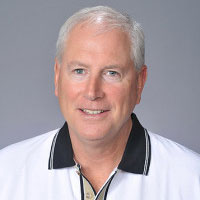
INSTRUCTOR: Alan Cherry
DISCIPLINE: Geoscience
COURSE LENGTH (DAYS): 2 Days
CEUS: 1.6
AVAILABILITY: Public & In-House
ATTEND AN UPCOMING CLASS:
Check back in periodically for updated Public and Live Online course dates! To schedule an In-House course, contact SCA’s Training Department at training@scacompanies.com.
WHO SHOULD ATTEND: Geologists, geophysicists, and senior-level geotechnicians who want to learn good practices for proper integration of seismic and well data using IHS Kingdom software.
PREREQUISITE: Attendees should have prior experience using Kingdom Geophysics/Geology software.
MATERIALS REQUIRED: Computer or laptop with Kingdom software and MS Excel installed.
COURSE DESCRIPTION: This course provides participants an opportunity to learn how to properly tie well data to seismic data. The course will deal with techniques using seismic in the Time domain; however, issues associated with mis-ties that occur with Depth domain seismic will be addressed too. Kingdom has multiple workflows for integrating well and seismic data and each of these will be addressed in detail. Potential “pitfalls” using Kingdom’s built-in well tie workflows will be identified.
LEARNING OUTCOMES:
- Quality-check of tops and “quality” assignment.
- Vertical displays and data input and readout in measured depth (MD), true vertical depth (TVD) seismic, and subsea (SS) depth.
- One-way vs two-way time.
- Generating time depth charts from tops and horizon pairs for both individual wells and interpreted horizons and many wells.
- Inputting and editing check shot data with potential pitfalls.
- Curve fitting of check shot data.
- Assignment of “shared” TD charts, regional and vertical variability – Are selected shared TD charts “valid”?
- Converting sonic DT to interval and average velocity.
- Integrated sonic logs, generation and their use and potential pitfalls.
- Identification of seismic phase and potential effects of hydrocarbons on phase.
- Velocity anomalies such as fault and gas sag.
- QC and editing of log curves (spike removal and/or filtering) to be input into synthetics.
- Creation of synthetics from sonic and density logs.
- Use of other “substitute” logs in place of sonic and density and or creation of “synthetics”.
- Extracted and “created” wavelets use and pitfalls.
- Stretching a squeezing of synthetic to seismic and associated benefits and pitfalls.
- Identification of mis-ties prior to mapping (saving yourself a lot of grief).
COURSE CONTENT:
Effects (issues) of setting the Seismic Reference Datum (SRD) for both time and depth domain seismic data.
Inputting tops and setting the “quality” attribute to tops.
Manual input of check shots.
Fit well picks to Interpreted seismic (TD pairs without check shots).
Generate artificial check shots from TD pairs.
Curve fit TD pairs and check shot data for QC and use as shared check shots.
Sonic logs
- QC
- Editing
- Conversion of travel time to interval and average velocity
- Compaction gradients
- “Artificial” sonics from Neutron and Resistivity (uses and pitfalls)
Density logs
- QC and editing
- Are they needed?
- Artificial Density from Gamma Ray and SP logs
Synthetic creation.
Stretching synthetics.
